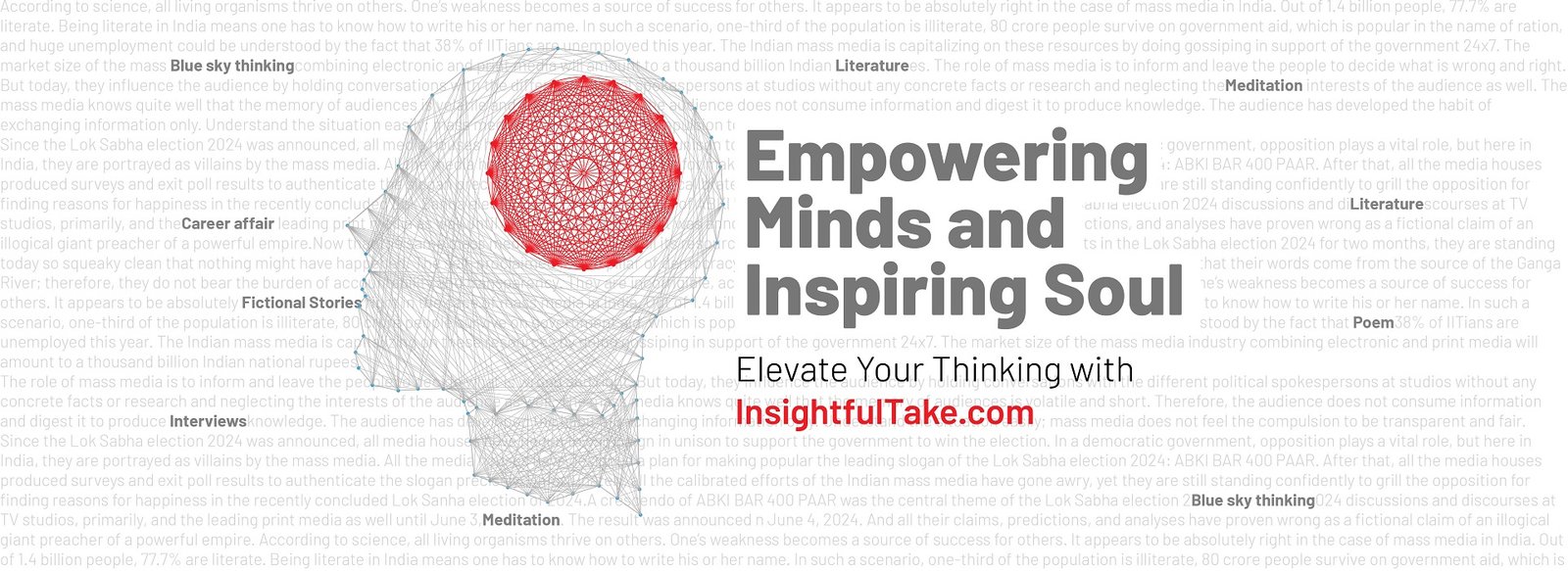
Artificial Intelligence (AI) has revolutionized numerous sectors, offering unprecedented advancements in healthcare, education, and technology. However, its darker applications, particularly in the realm of child exploitation, have raised alarming concerns globally. The misuse of AI tools to generate and distribute child sexual abuse material (CSAM) has emerged as a critical issue, demanding immediate attention from policymakers, law enforcement agencies, and society at large. This problem is particularly pressing in countries like India, where the rapid adoption of digital technologies, coupled with a large population of vulnerable children, makes it a potential hotspot for such crimes.
How AI is Fueling Child Exploitation
AI tools are being weaponized by predators to exploit children in ways that were previously unimaginable. For instance, images of real-life child abuse victims are being fed into AI models to generate new, hyper-realistic depictions of abuse. This not only perpetuates the trauma of existing victims but also creates a vicious cycle of exploitation. Additionally, AI is being used to "de-age" celebrities or manipulate images of children to create graphic content, which is then used for blackmail or traded on the dark web.
The UK-based Internet Watch Foundation (IWF) reported a significant surge in CSAM following the proliferation of AI technologies. Predators are also using AI to disguise their identities, identify potential targets, and "groom" children online. These advancements have drastically reduced the time and effort required to carry out such heinous activities, making it easier for offenders to operate on a larger scale.
Global Response: Lessons from the UK
Recognizing the severity of the issue, the UK has taken proactive steps to combat AI-enabled child abuse. The UK Home Office has proposed stringent laws, including a five-year jail term for the possession, creation, or distribution of AI-generated CSAM and a 10-year imprisonment for those running websites that facilitate such activities. The proposed legislation also aims to ban AI models specifically designed for generating abusive content. These measures are a critical step in addressing the borderless nature of digital crimes, setting a precedent for other nations to follow.
The Indian Perspective: A Call for Urgent Action
India, with its vast population of over 400 million children, is particularly vulnerable to the misuse of AI in child exploitation. The country's rapid digital transformation, while beneficial in many ways, has also exposed its children to new forms of online threats. According to the National Crime Records Bureau (NCRB), cases of cybercrimes against children have been on the rise, and the advent of AI tools could exacerbate this trend.
India's existing legal framework, including the Protection of Children from Sexual Offences (POCSO) Act and the Information Technology Act, needs to be updated to address the unique challenges posed by AI. Policymakers must consider the following measures:
1. Strengthening Legislation: Enact laws specifically targeting the creation, possession, and distribution of AI-generated CSAM, with stringent penalties for offenders.
2. Enhancing Law Enforcement Capabilities: Equip law enforcement agencies with advanced tools and training to detect and combat AI-enabled crimes.
3. Public Awareness Campaigns: Educate parents, teachers, and children about the risks of AI misuse and how to stay safe online.
4. Collaboration with Tech Companies: Work with AI developers and social media platforms to identify and remove abusive content proactively.
5. International Cooperation: Partner with global organizations and governments to tackle the cross-border nature of these crimes.
The Way Forward
The misuse of AI for child exploitation is a global crisis that requires a coordinated and multi-pronged response. While the UK's proposed laws are a step in the right direction, countries like India must take urgent action to protect their children from this growing threat. The stakes are high, and the consequences of inaction could be devastating for millions of vulnerable children.
As AI continues to evolve, so must our efforts to safeguard the most vulnerable members of society. Policymakers, tech companies, and civil society must work together to ensure that AI is used as a force for good, rather than a tool for harm. The time to act is now—before the dark side of AI claims more innocent lives.

